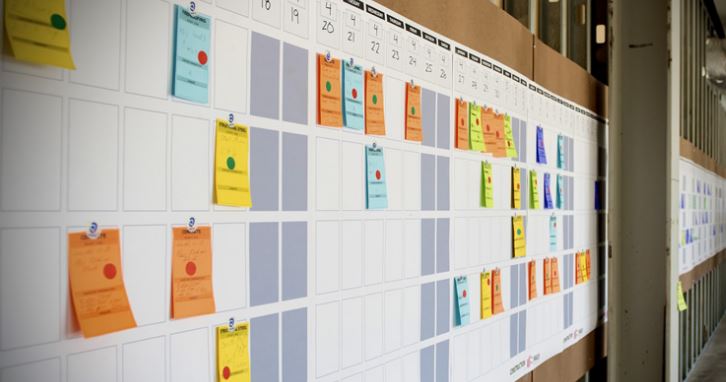Increasing Construction Productivity Through the Combination of Building Information Modeling (BIM), Lean and Sustainability (2022)
BIM, Lean Construction and Sustainability Dissertation – The research aims to determine the coherence of the relevant literature and to learn about the possible benefits of combining lean, sustainability, and BIM. The research also establishes a connection in the building sector between BIM, sustainability, and Lean construction practices. The most recent advancements in Building Information Modeling (BIM), also known as Building Information Modeling, lean thinking, and sustainability considerations, all have the same overarching goal: to enhance the process by which buildings are delivered over the entirety of their lifetimes.
This dissertation study was conducted to satisfy a need in the field of architecture, engineering, and construction (AEC) industry by providing recommendations concerning how various concepts can coexist with one another and improve one another through the application of novel approaches and procedures.
This study evaluates and emphasizes prior research into the possibilities of combining Building Information Modeling (BIM) and Lean and Sustainable Practices to increase Construction Industry productivity (CI). The focus of this research is on the impact that Building Information Modeling (BIM), Lean Construction, and Sustainable Practices have on the building sector.
Evaluation of the nature of their relationship is accomplished by the application of SPSS analysis. Fifty experienced individuals using building information modelling (BIM) software can gather the necessary information. The conclusion shows that lean, BIM, and sustainability are associated with each other. Many factors are co-related, such as economic, social, and environmental. In conclusion, these three factors are crucial in the cut down on project costs and material waste.
Dissertation Objectives
- The purpose of this research is to examine the construction industry’s response to the three interrelated trends of building information modelling (BIM), lean manufacturing, and sustainability practices
- Specifically, this study aims to examine the role of BIM, Lean Construction, and Sustainability play in driving progress and productivity in the construction sector
- To compare and contrast BIM with Lean practices and Sustainability that may be of assistance to stakeholders during the decision-making process
- 12,000 words – 54 pages in length
- Excellent use of literature
- Excellent analysis of subject area
- Well written throughout
- Ideal for construction management students
1 – Introduction
Background of Study
Research Aim
Research Objectives
Research Questions
Hypothesis
Importance of the Study
Scope
2 – Correlation and Integration of BIM And Lean
Building Information System (BIM)
Lean Concept
BIM and Lean
Integration of BIM, Lean and Sustainability
Integration of Lean and Sustainability
Sustainability and BIM
BIM as a Mechanism to Achieve Lean and Sustainability Practice
Cost Efficiency
On-time Delivery and Quality Control
Improved Coordination and Communication
Design Optimization
Barriers to Adoption Of BIM
3 – Research Methodology
Research Method
Research Participants
Data Exploration
Frequencies Distribution
Correlation Analysis
Ethical Consideration
Validity Research
4 – Discussion and Findings
Hypothesis 1: BIM has a significant role in maintaining and improvement from waste in Construction Industry
Hypothesis 2: BIM, lean, and sustainability have a trio impact on efficiency and improvement in performance in CI
Results and Findings
Descriptive Analysis
Personal Information
Knowledge and Skills
Correlation between BIM, Lean and Sustainability
Collaboration And Communication
Barrier of adoption BIM Software
Adopting BIM software in the Organization
Discussion
5 – Conclusion and Recommendations
Conclusion
Recommendations
References
Appendix

